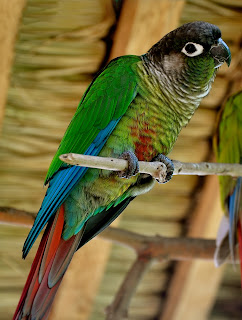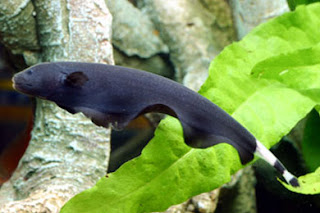SENEGAL BICHIR
(Polypterus Senegalus)
credits to Google Images
A snake like appearance, the ability to slither across land, and having remained unchanged for millions of years, it is no wonder that many are fascinated by this dinosaur of a fish. The Senegal Bichir is among the smallest species of Polypterus, and can live for 30 years when provided with proper care.
Habitat: This species originates from the slow-moving, shallow regions of lagoons, marshes, estuaries and marshes, though some individuals have also been found in rivers, in approximately 26 countries across the African continent, making it one of the most widespread species. An aquarium made to replicate these habitats will make this fish appear more often. Floating plants will aid in bringing this fish out as they are sensitive to bright light.
Diet: Carnivorous. These fish should be fed a variety of foods such as bloodworms, tubifex, shrimp, and sliced fish fillets (whitebait, etc)
Minimum Aquarium Requirements: 150gal/5x2x2 ft is fine for one specimen
Water Conditions: 75-82F/24-28C, KH 8-12, pH 6.2-7.8
Aggression: Relatively peaceful, this species will not bother any other fish provided it is well fed, hence it can be housed with a variety of fish, though smaller tankmates must be taken into consideration as they may be eventually be consumed if the fish think that they are not being well fed.
Leave your comments, thoughts and experiences with this species below :)





